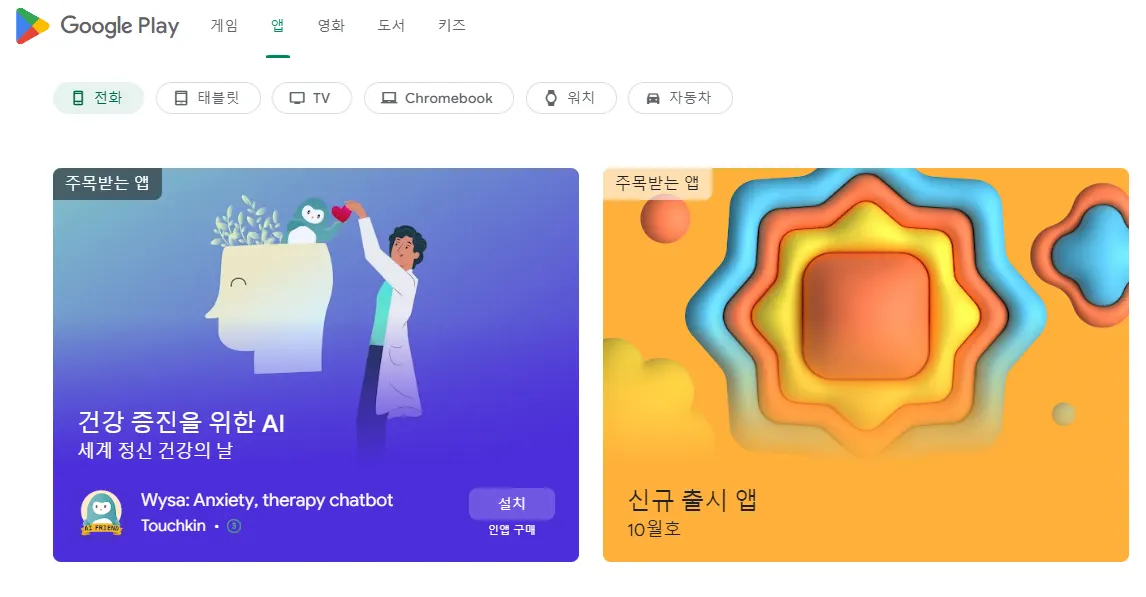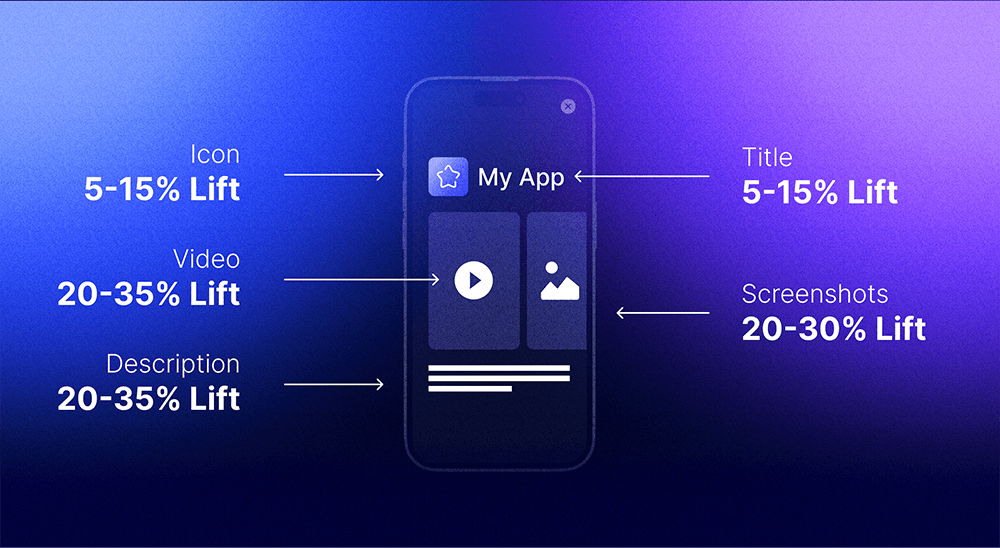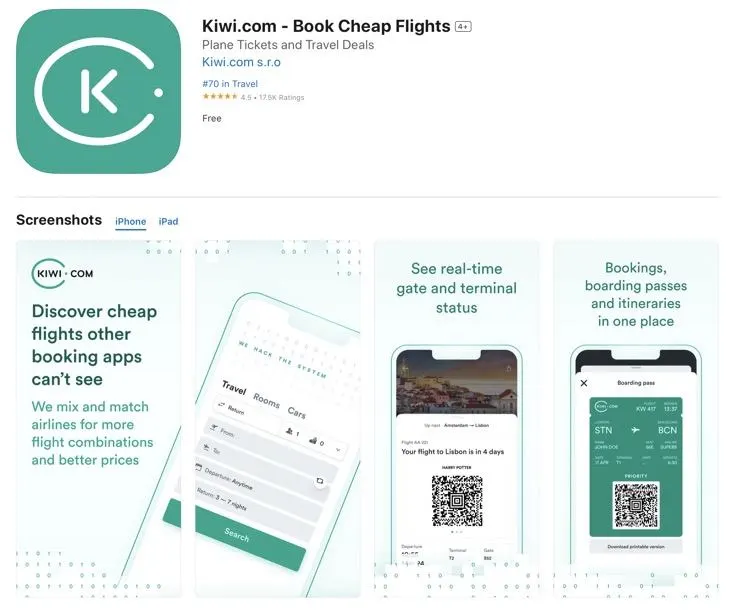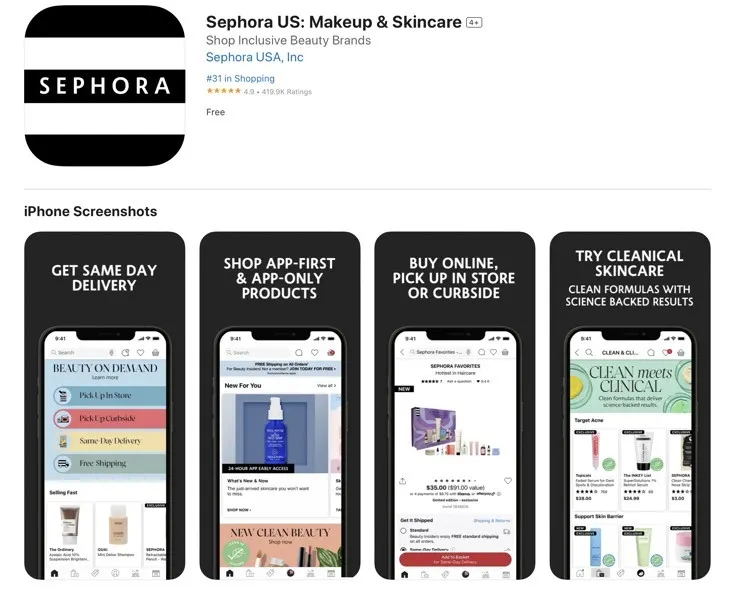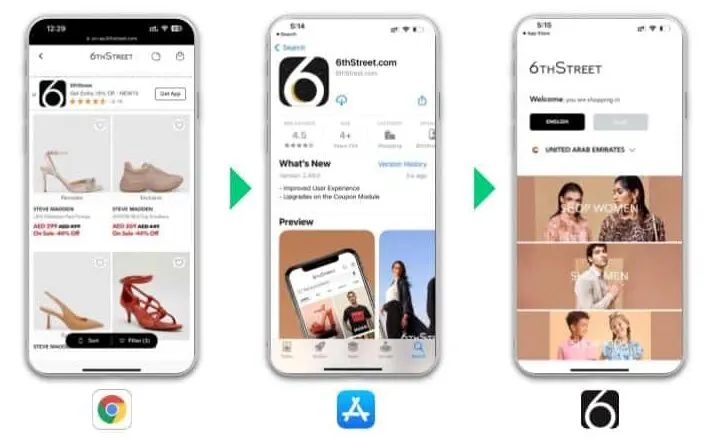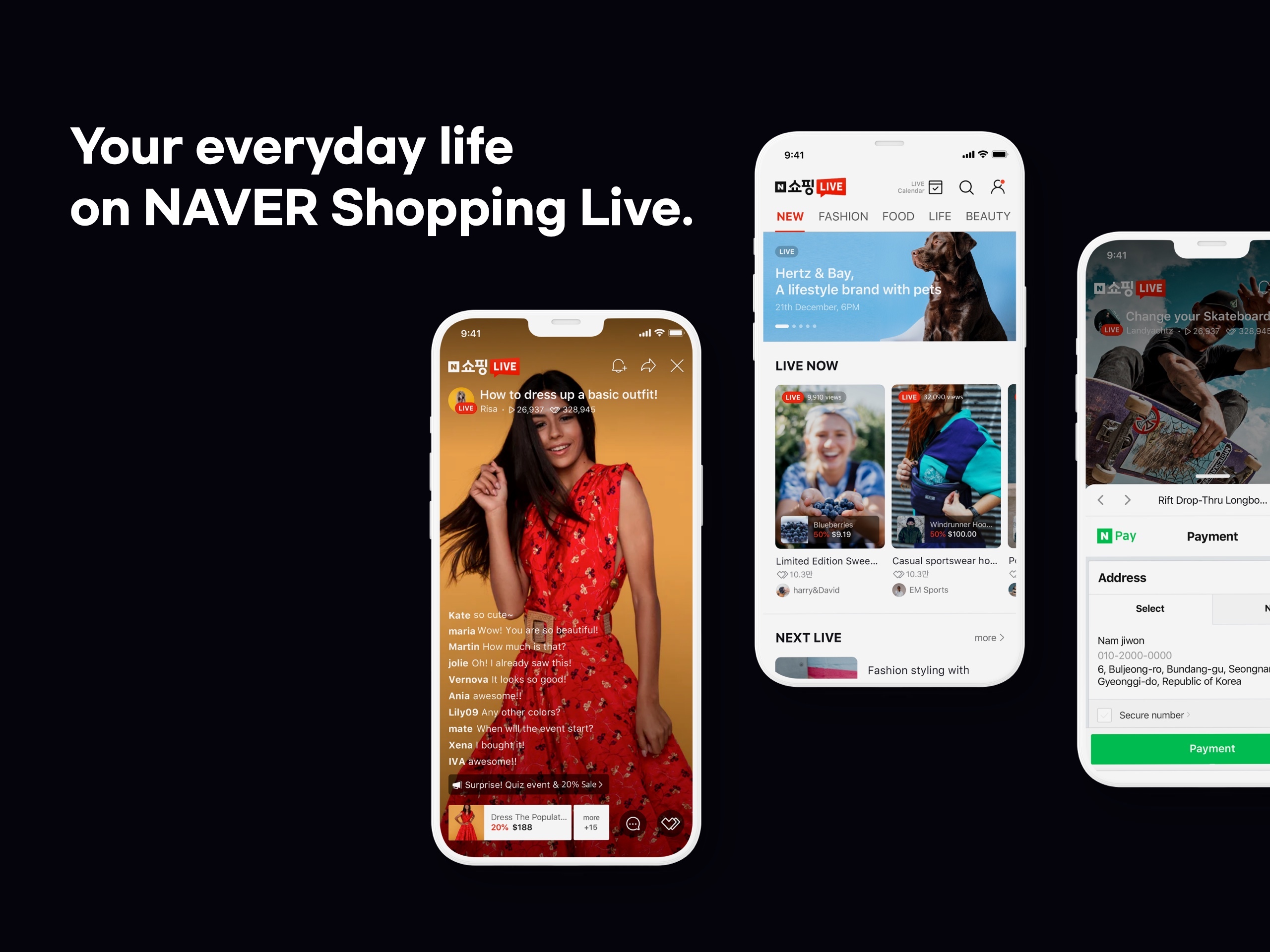ASO is a concept similar to search engine optimization (SEO) for websites. ASO focuses on increasing the app’s visibility, encouraging organic downloads, and demonstrating to users that the app meets their needs.
Why ASO is Important
Apps have become an essential part of our daily lives. On average, people spend over 30 hours per month using apps. Additionally, 25% of users find the apps they need through app store searches. Most users who search within app stores do so to find apps that fulfill their needs, making ASO increasingly important.
With millions of applications available in app stores, users typically rely on search functions to find the apps they want. By improving ASO, apps can achieve higher rankings in search results, significantly enhancing their visibility. Higher visibility means a greater likelihood of discovery and downloads, which directly correlates with increased download numbers and user base growth.
Compared to traditional paid promotion methods like advertising or marketing campaigns, ASO is relatively cost-effective. It can make a significant difference in the long run.
A well-executed ASO strategy not only yields short-term results but also contributes to long-term success. It helps maintain high ratings, positive reviews, and sustained downloads, while continuously implementing refined and up-to-date strategies.
During the ASO process, developers receive valuable feedback from users about their app. This feedback aids in product improvements, updates, and enhancing the user experience.
Users generally trust apps that appear at the top of search results without ads. This is a clear reason for app marketing companies to focus on ASO. ASO is a crucial strategy for gaining a competitive edge and growing in the mobile app world.
Suggestions for ASO Improvement
Strategies to improve ASO can be categorized into direct and indirect elements.
Direct Elements
Direct elements refer to aspects that app developers can control during the app development and deployment stages. Proper attention and management of these areas can lead to positive results.
- App Name: Choosing an intuitive app name is crucial. Adding high-traffic keywords to the app name can be effective.
- Search Keywords: These are keywords that help the app appear at the top of search results. Developers research relevant and popular keywords and include them in the app’s title, description, and other metadata. Apple has a dedicated search keyword section during app registration, similar to hashtags. Choosing the right keywords for the app service is essential.
- App Description: The description should clearly explain the app’s main features and how it addresses user problems or enhances their lives. Highlight the app’s key benefits and unique value propositions. The description should be clean, well-organized, and easy to read. It should be regularly updated to reflect the latest information and respond to user feedback.
- Design Elements: Visual elements such as icons, screenshots, and videos are important for attracting users’ attention. Screenshots can include short text lines to serve as intuitive service introduction areas.
Direct elements are interconnected. For example, an app name can be based on search keywords, and those keywords can be reflected in the app description and screenshots.
Why App Description is Important
App descriptions are crucial for ASO improvement within Google Play. To write an effective app description for ASO, consider the following:
- Naturally include relevant keywords for search optimization, avoiding keyword stuffing.
- Include information on recent updates or improvements to show ongoing maintenance and enhancement.
- Highlight positive user reviews and high ratings if possible.
- Provide social proof, such as mentions in the media or endorsements from celebrities, to increase credibility.
- Provide a way to contact support (e.g., customer service email) in case of issues.
- Include a strong call-to-action to encourage downloads.
Indirect Elements
Indirect elements are factors beyond control but still impact ASO. Feedback from user reviews and ratings can provide insights into service improvements.
In the past, reward systems for writing reviews were common, but now it is prohibited to offer rewards for reviews in app stores. However, there are various strategies to encourage user reviews.
Three rules for encouraging app reviews are:
- Do not interrupt someone’s experience.
- Do not request reviews immediately after app download.
- Delay review requests until a positive experience is likely.
Apps with numerous and positive reviews are more likely to rank higher in app charts and appear at the top of search results. Thus, app ratings and reviews play a crucial role in ASO.
Utilizing Guidelines
Apple’s App Store and Google Play have similar areas but also differences that significantly impact ASO. Comparing the main ranking factors of both stores and tailoring ASO strategies accordingly is important.
| Apple App Store | Google Play |
| App Name App Subtitle App URL Keywords Installations and Engagement Reviews and Ratings App Updates In-App Purchases | App Title Short Description Full Description Installations and Engagement Reviews and Ratings In-App Purchases App Updates |
Thus, while basic ASO strategies remain consistent, adapting to the specific characteristics and criteria of each app market is crucial. Both app markets provide developer pages with guidelines and methods to improve app visibility. Reviewing these pages before and after app launch can provide valuable insights.
App Store
The App Store Developer Guide provides important information about updates and app registration. App Store Connect’s help section also aids in app submission and management. For ASO, information about app icons, previews, and screenshots is important.
In the App Store, you can search for apps using the app name, subtitle, keywords, and company name. You can also utilize the app icon, up to 3 app previews, and up to 10 app screenshots.
The App Store’s ‘Create Product Page’ for developers provides detailed guidelines and suggestions regarding app name, icon, subtitle, app previews, screenshots, description, promotional text, keywords, in-app purchases, new features, ratings, and reviews. This page should be reviewed before creating the app product page.
Additionally, Apple announced that with iOS 15 and later versions, they will provide more relevant product pages through product page optimization and custom product page features. Consider using these features for ASO.
Google Play
The Google Play Developer Page offers information on improving ‘app quality and discoverability,’ which is crucial for ASO. Google Play’s app recommendations are based on human curation and algorithms, focusing on ‘relevance’ and ‘quality.’
One of the ‘quality’ assessment factors for an app is an effective store listing page. The store listing page provides users with their first impression of the app. It’s important to clearly convey the app’s features and content through the app description, screenshots, and metadata.
Google Play suggests several tips to increase app discoverability. Adding videos to the listing page and including at least three 16:9 screenshots can improve conversion rates. Additionally, providing accurate app categories and content ratings helps promote the app appropriately.
Store listing experiments allow for A/B testing different versions of icons, descriptions, and screenshots. This helps find the most effective listing page configuration for Google Play users. For effective results, test each component independently and conduct tests for at least one week.
Finally, using the User Acquisition tab in the Play Console helps you understand how users discover your app through search terms, which aids in developing ASO strategies.
Practical Approach to ASO at Growth Marketing Agency
Effective App Title and Description Writing
Titles and descriptions create the first impression between potential users and the app. An engaging title not only attracts attention but also sets the foundation for downloads. By writing app titles and descriptions professionally, you can stand out in a crowded app market.
Crafting concise yet impactful descriptions is an art. Understanding that users seek quick information, our approach ensures a persuasive narrative that highlights key features and unique value propositions.
Importance of App Icon Design
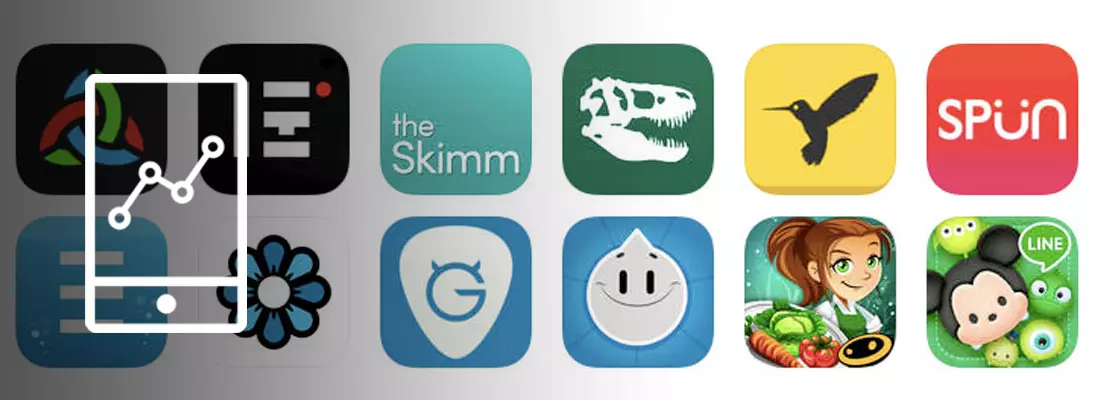
Often overlooked, app icons are as crucial as titles and descriptions in ASO. A well-designed icon conveys professionalism, credibility, and the essence of the app’s function at a glance. Understanding user psychology is key to effective ASO, and a strategically designed app icon encourages clicks.
Effective Keyword Selection
In a crowded app space, visibility is crucial. Growth Marketing Agency’s ASO specialists conduct in-depth keyword research to ensure that clients’ apps are positioned to reach the right audience. Optimizing titles and descriptions with the right keywords enhances app searchability and helps reach users actively searching for related business.
App Review Management

App reviews play a significant role in influencing potential users and impacting searchability and credibility. At Growth Marketing Agency, our principles for managing reviews include:
- Responding promptly to both positive and negative reviews to show active engagement in app improvement.
- Personalizing responses to reviews, using reviewer names where possible to add a human touch.
- Maintaining professionalism when responding to negative reviews, acknowledging concerns, and offering solutions.
- Encouraging satisfied users to leave positive reviews through in-app feedback or other channels to balance out negative reviews and improve overall ratings.
- Using reviews as valuable feedback for continuous improvement and mentioning updates based on user feedback in release notes.
ASO Performance Metrics
ASO metrics often include keyword rankings, conversion rates, download numbers, user reviews, ratings, and retention rates. These metrics help companies understand app performance and user satisfaction.
- Downloads: The number of times the app has been downloaded, indicating user interest.
- Conversion Rate: The percentage of users who decide to download the app after visiting its store page.
- App Ratings and Reviews: Checking average ratings and user reviews to gauge satisfaction and identify areas for improvement.
- Keyword Rankings: Monitoring app rankings for relevant keywords to improve visibility.
- Impressions and Click-Through Rate (CTR): Impressions indicate how often the app appears in search results, while CTR measures the percentage of users who click after seeing the app.
- Retention Rate: The number of users who continue using the app after download, indicating if the app meets user expectations.
- Revenue and In-App Purchases: Tracking revenue from in-app purchases to measure financial success.
- Competitive Analysis: Comparing performance metrics with competitors to identify areas for improvement.
Growth Marketing Agency tracks these metrics to monitor ASO performance, identify challenges, and maintain advantages.
ASO Success Stories
Let’s explore successful ASO examples that led to high visibility and downloads in app stores. These cases demonstrate effective strategies and execution.
KIWI.COM
- A large flight booking app service ranking within the top 5 in Europe.
- Goal: Improve app conversion rate.
- As-is
- App name, description, and keywords were not properly arranged.
- App screenshots were not visually striking.
- Localization into various European languages (French, Spanish, Italian, etc., in addition to English) was not implemented.
- To-be
- Identify search keywords that lead to actual installations through app installation influx analysis (Google Play, Apple App Store).
- Replace app screenshots.
- Results
- 31% increase in app downloads.
SEPHORA
- A beauty shopping app.
- Goal: Improve app ranking and in-app purchase conversion rate.
- As-is
- Keywords for main products were not included in the app description, leading to low purchase conversions.
- No analysis of competitors’ app keywords, making it difficult to gauge competitive strength.
- To-be
- Analyze trends for the products being sold at the time.
- Set this as a theme and create a keyword set.
- Analyze keywords and overall message content used by competitors.
- Results
- Increased conversion rate across all advertising media.
6thStreet
- A fashion e-commerce app in the Middle East.
- As-is
- Decrease in ad traffic due to privacy regulations such as iOS ATT (App Tracking Transparency).
- Increase in retargeting restrictions.
- To-be
- Set up app download ads with a webpage landing.
- Provide introductions, descriptions, and other details about the app service on the webpage.
- Build an automated webpage with a pop-up for app download at ⅔ of the scroll-down point.
- Results
- 13% increase in ROAS, 70% decrease in app uninstall rate.
- 60% increase in retention rate compared to before.
Advantages and Limitations of Website Landing Pages from an ASO Perspective
Recently, regulations on personal data tracking for app usage have become stricter. Using a website landing page is one way to address these regulations.
Websites require less personal data tracking compared to app stores, allowing users to check app information without downloading it.
A website landing page can provide more information than an app store detail page. By detailing the app’s features, characteristics, usage, update history, etc., it offers users deeper insights into the app.
Additionally, including various content such as images, videos, and user reviews can engage users more effectively.
However, introducing and explaining the app through a website landing page requires an extra step compared to users downloading the app directly from the app store. This means adding an additional step to the user’s journey, which could increase the number of users who drop off. Therefore, it is essential to streamline the user path and make the transition from the website to app download as smooth as possible.
Collaboration with Specialized Agencies for ASO Improvement
ASO is an advanced marketing technique suitable for the era of smartphone popularity. It plays a crucial role in improving app visibility and download numbers. However, ASO cannot be perfected all at once. Continuous observation, improvement, and optimization are necessary to achieve results.
ASO is similar to SEO. By analyzing the app’s characteristics and market trends, and making changes and applications as needed, you can achieve good results. This helps to enhance the app’s visibility and attract more users.
Collaborating with specialized marketing agencies is important for ASO improvement. Specialized marketing agencies can analyze extensive content and develop strategies based on user behavior data. They can also find the optimal methods for the app service and use ASO expertise and tools to improve the app’s ranking and installation numbers.
By starting ASO improvement through collaboration with growth experts, you can receive optimal strategies based on in-depth analysis and experience.
Understanding the app’s characteristics and market trends, along with conducting competitive analysis and keyword research, will help improve the app’s visibility and download numbers.




